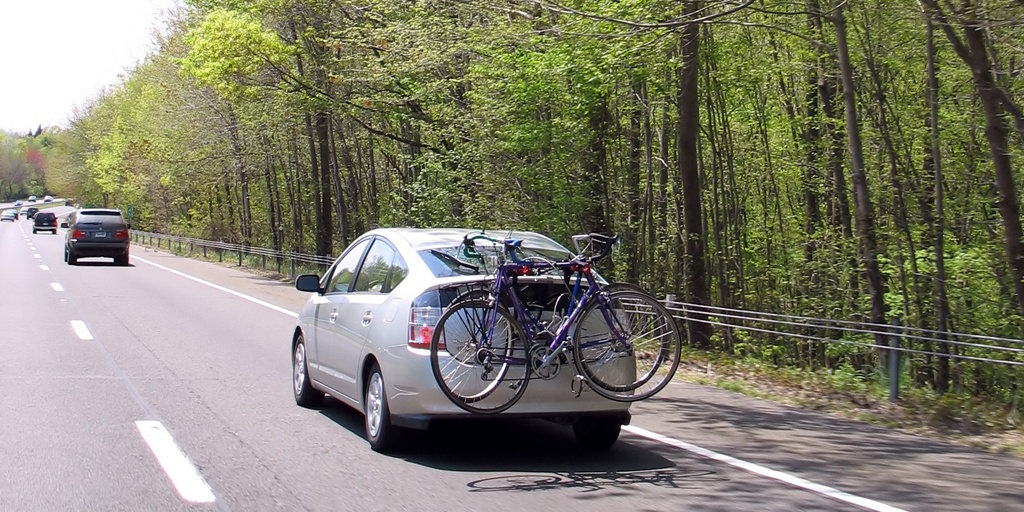Energy Management Consulting and LEED Techniques for Home & Business
By Margaret Partridge
November 12, 2012
Energy management consulting is a growing business in which consultants who specialize in energy management and efficiency assist businesses and homeowners in reducing energy use and in integrating energy efficient components into the business or home. Reduction of energy use has the twin benefits of saving money and reducing energy use. Both homeowners and business owners alike can save long term energy costs by utilizing Leadership in Energy and Environmental Design (LEED) green building techniques.
LEED is an internationally recognized green building program. LEED is a voluntary, consensus-based, market-driven program that provides third-party verification of green buildings. LEED addresses the entire lifecycle of a building, and is a way to transform how built environments are designed, constructed, and operated. LEED is a voluntary process, which provides building owners and operators the tools they need to immediately impact their building’s performance and bottom line, while providing healthy indoor spaces for a building’s occupants. LEED projects have been successfully established in 135 countries and international projects comprise over half of the total LEED registered square footage (source: https://new.usgbc.org/leed).

LEED Techniques for homes
As described on USGBC.org, “A LEED-certified home is designed and constructed in accordance with the rigorous guidelines of the LEED for Homes green building certification program. LEED for Homes is a consensus-developed, third party-verified, voluntary rating system which promotes the design and construction of high-performance green homes.” Those who would like to make their existing home more energy efficient and environmentally-friendly can utilize some of the same techniques used in the LEED certification process. Below are some ideas as to how LEED techniques can be integrated into an existing home.
Lighting
Daylighting - Daylighting is the illumination of indoor spaces using natural light. Skylights can be added into an existing home to provide more natural light than windows alone. Solar tubes - which are tubes that extend from the roof down into the interior of homes - bring natural light into homes.
Solar Panels- Solar panels can be installed on existing homes and have the capacity to provide enough energy for the entire home, depending on the type of panel chosen and the current energy usage of the home. As detailed in the LEED Reference Guide for Building Design and Construction, “Projects can integrate systems that incorporate on-site electrical [i.e. photovoltaic, wind, hydro, wave, tidal, and biofuel-based], geothermal [i.e. deep-earth water or steam], or solar thermal [i.e. including collection and storage components] power."
Water
Efficient toilets utilizing EPA Water Sense Standards consume only 1.28 gallons per flush, as opposed to over 1.5 gallons per flush for older, less efficient toilets. Residential bathroom faucets can use 2.2 gallons per minute and residential showerheads can use 2.5 gallons per minute at 80 pounds per square inch. Water-efficient bathroom faucets use only 1.5 gallons per minute and water-efficient showerheads use 1.5-2.0 gallons per minute.
LEED Techniques for Business
Reducing the use of energy that is based on either fossil fuel or nuclear energy sources can be attained via the use of energy efficient technologies, including use of more efficient light bulbs and occupancy sensors in distribution centers/warehouse and building heating/cooling systems. Renewable energy use such as integration of solar power into a company’s energy mix has become more cost-competitive over the years because technological innovations have reduced the price of solar technology, which makes it more appealing to businesses.
Below are some ideas as to how LEED techniques can be integrated into an existing office/building:
Lighting
Lighting Controls
Per the LEED Reference Guide for Building Design and Construction, individual lighting controls can be implemented for building occupants to enable adjustments to suit individual task needs and preferences. “Many conventional buildings have only fixed-intensity general lighting systems that illuminate indoor spaces without consideration for specific tasks and individual occupant comfort or needs. A better approach provides uniform general ambient lighting, augmented with individually controlled task fixtures.”
Solar Panels
Solar panels can be added to existing commercial/office buildings, just as they can be for homes. Also, as detailed in the LEED Reference Guide for Building Design and Construction, in addition to on-site renewable energy systems, the purchase of off-site green power is an option. “Credit for off-site renewable green power is achieved by contracting for a minimum purchase of green power.”
Water
Potable Water Use Reduction
As described in the LEED Reference Guide for Building Design and Construction, “Reducing potable water use in buildings for urinals, toilets, showerheads, and faucets decreases the total amount withdrawn from rivers, streams, underground aquifers and other water bodies. End-use water efficiency can greatly reduce negative environmental impacts because water heating in commercial buildings accounts for nearly 15% of building energy use, conservation measures will also reduce end-use energy and energy-related pollution.”
Look into how an energy management consultant can assist you with making a home or business a more efficient space.
Did you enjoy this post? The author of this article is Margaret Partridge. Learn more about her here.
Related Articles
Building Green, Renewable Energy, Energy
By Megan Crawford on February 5, 2019
Renewable Energy | Air Quality
By Sharolyn Vettese on December 4, 2018
Environmental Planning | Energy | GHG Emissions | Carbon Tax | Cap and Trade
By Steve Paff on August 28, 2018
Air Quality | Sustainability | Energy | FCS | CSR
Be a sustainability leader.
Our team supports you no matter where you are on your Sustainability Journey. Talk to us today to learn more.





